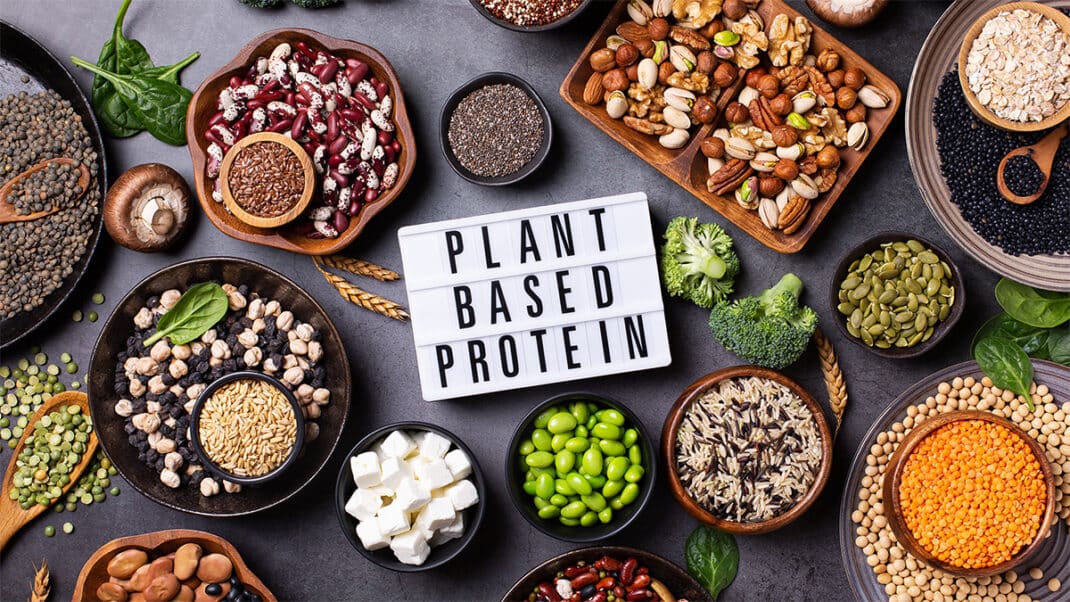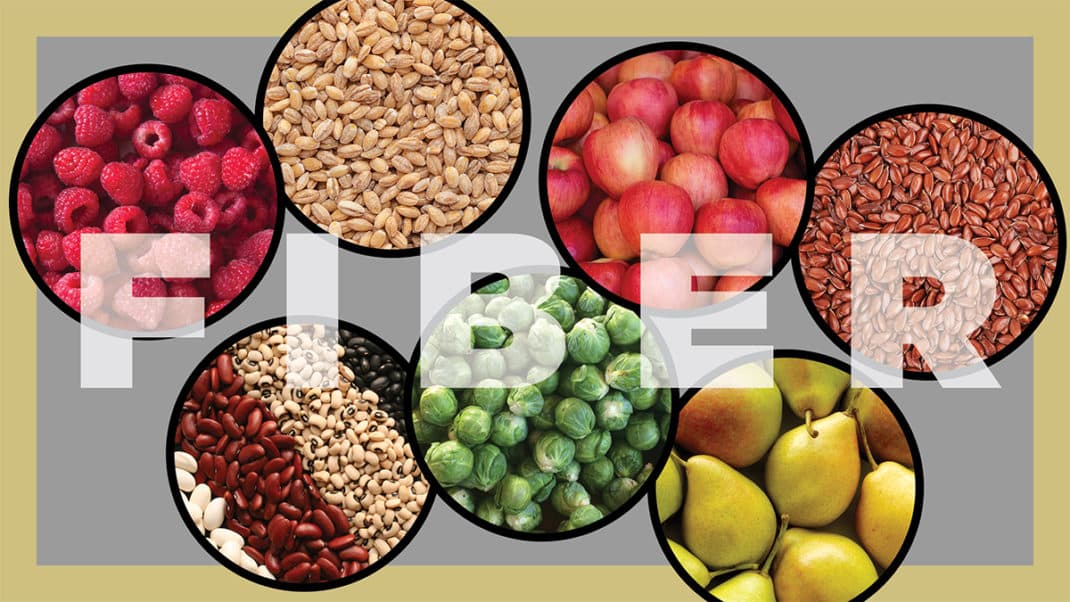Ask the RD
Question: Are foods fortified with omega-3 fats worth it?
Answer:
Omega-3 fats are essential fatty acids, meaning we need to get them from food. Well-known for improving heart health, omega-3 fats are necessary for proper brain functioning and may also help treat asthma and depression. These healthy polyunsaturated fats are found in a variety of foods, but the best source—fish—is not a main staple of the American diet. It’s no wonder that taking fish oil supplements has become the norm. Jumping on the bandwagon, food companies are offering more omega-3-fortified foods and beverages—from breads and cereals to milk and eggs.
Here’s what you, and your clients, need to know: Not all omega-3s are the same. The two most important omega-3 fats are DHA and EPA, found in oily fish, including salmon, sardines, tuna, and Pacific and Atlantic mackerel. DHA is also found in algae. ALA (alpha-linoleic acid) is the plant-based omega-3 fat, found naturally in walnuts, flax and hemp seeds, and in canola oil. Our body must convert ALA to the usable DHA and EPA, and this is a very inefficient process.
Plant-based omega-3s offer health benefits, but 8 ounces of oily fish per week delivers the DHA + EPA combo that is associated with reduced cardiac deaths (USDA 2010).
When determining whether or not to buy fortified foods—usually more expensive than regular foods—consider these questions:
1. What is the source and amount of omega-3 fat per serving?
Look for this fine print on the label—it matters. Focus on added sources of EPA and/or DHA. If the source isn’t noted on the label, assume it is ALA. Check out the amount, too, but if the source is ALA, the small amount listed may be meaningless. The amount of omega-3 fats in fortified foods varies, depending on the product.
For example, the amount in Horizon® DHA omega-3 milk is small, but if you drink a few cups a day, the amount will add up. Still, you would need
to drink 55 cups of the milk to get as much DHA and EPA as there is in a 3-ounce serving of wild salmon (USDA 2012).
2. What else are you getting from the omega-3-fortified food or beverage?
A granola bar with added sugar or salt and with hidden trans fat or palm oil isn’t worth the little extra amount of omega-3 fat.
Getting omega-3 fats from natural sources, such as oily fish, walnuts, soy and flaxseed is best. But for people who don’t like fish, fortified foods can be a way to boost omega-3 intake slightly. Just be smart about your choice.





